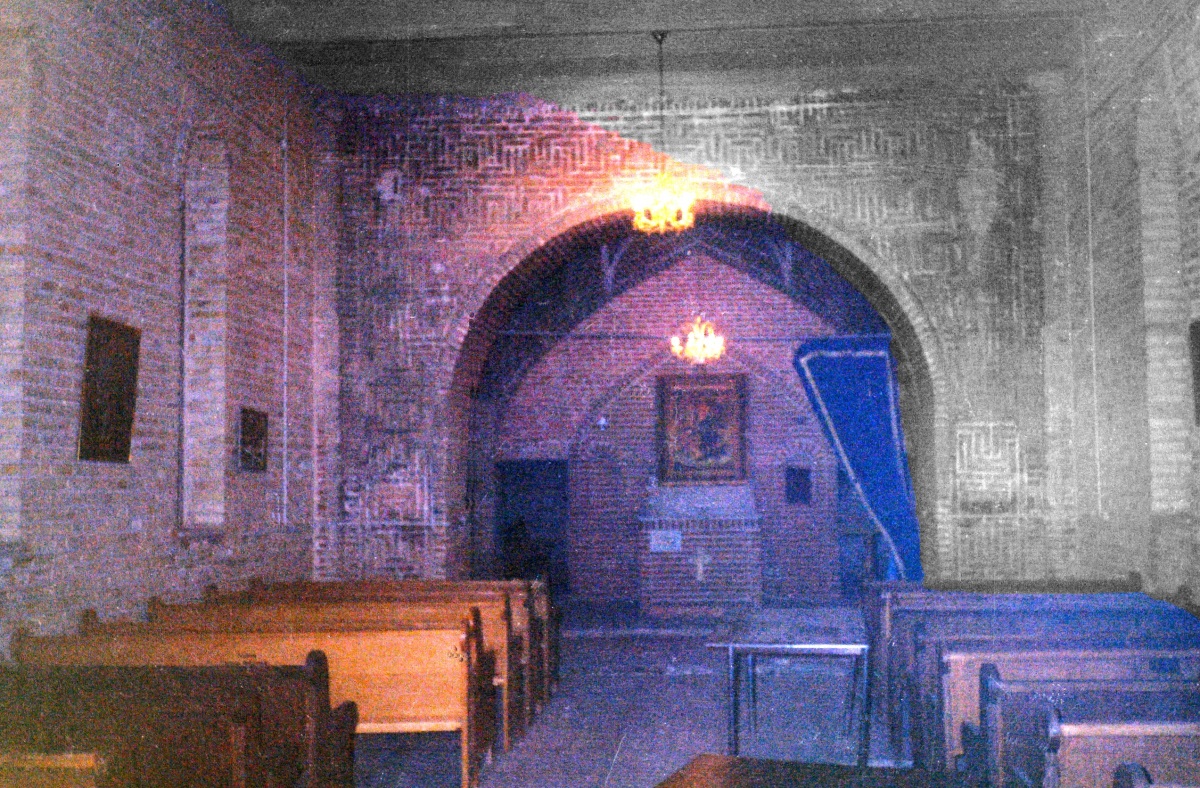 The stunning turquoise dome of Soltaniyeh, just outside Zanjan in northern Iran, rises alone over a vast ruin landscape like a sole survivor. This was once the seat of power of the Mongolian Il-khans of Iran in the days of Marco Polo and the magnificent dome will take your breath away, just as it was designed to do 700 years ago.
The stunning turquoise dome of Soltaniyeh, just outside Zanjan in northern Iran, rises alone over a vast ruin landscape like a sole survivor. This was once the seat of power of the Mongolian Il-khans of Iran in the days of Marco Polo and the magnificent dome will take your breath away, just as it was designed to do 700 years ago.
I got here by bus from the city of Tabriz where I arrived after having crossed the Iranian border with Turkey. Worried at first, expecting Iran to be a tricky country to travel, people I have met so far have been incredibly friendly and helpful. Getting of the bus in Soltaniyeh I will have a few hours to see the famous dome, a key monument in Islamic architecture and, according to UNESCO, a monument of outstanding universal value as stated when it was added on the World Heritage List.
This is the second in a series of blog posts relating an attempt to follow in Marco Polos footsteps through Iran, exploring his stories. Read the first one here.

Marco Polo made a big thing of the large number of Christians being present in the vicinity of Tabriz, otherwise an Islamic region by his days in the 13th century. Seeking the truth behind this story I spent my days in Tabriz looking for Christians and Churches.
Finding little evidence of any Christian presence, a strike of luck finally placed me in the office of Nshan Topouzian, high representative of the Armenian, apostolic church and its religious leader here. Confirming there were thousands of Christians in Tabriz and several Churches, he also let me borrow his official car and driver, sending us out Church-spotting in the evening. I eventually got to see two Churches, of which “St Mariam” (Mary) was said to be from the 11th century and could, if that is true, have been visited by Marco Polo.

Early next morning I get to the bus station and board a bus for Zanjan and Soltaniyeh. Getting around by bus seems surprisingly easy in Iran.
When Marco Polo was here in the winter of 1271–1272, Tabriz was the Mongolian capital of their Iranian dominion, the Il-khanate. Though he was travelling on official Mongolian business, carrying the most prestigious letters of passage from the great khan in China, Marco says nothing of any contacts with the Il-khanate leadership in Tabriz. He has a lot to say of Iran in his days though, which I will get back to.
The dome of Soltaniyeh is actually the mausoleum of Il-khan Oljeitu and was built in 1302–12 when he had made Soltaniyeh capital of the Ilkhanid dynasty after Tabriz. It’s a fantastic, octangular structure with the breath-taking, 50 m high blue dome on top. The inside is decorated with magnificent glazed tile-work and designs in inlaid materials. Oljeitu had intended Soltaniyeh to be the greatest among cities but after his death in 1316 it rapidly declined, turning into an elaborate ruin with his splendid mausoleum the sole reminder of its brief period of glory.
From Soltaniyeh I intend going on to Qazvin, the natural starting point for a trip up in the Elburz mountains to explore Marco Polos most capturing story in Iran – the legend of the Old man of the mountain and the mysterious Assassins sect.
One thought on “The road to Zanjan”
Comments are closed.